Amphibians have evolved about 365M years ago from a lobe-finned lungfish ancestor. They are considered to be the earliest land vertebrates, and this fact allowed them to strive. They were the dominant land vertebrates for more than a 100M years (but then pesky reptiles evolved from them, taking their crown as the kings of vertebrates)!
Fun (and Other) Facts
- Undergo Metamorphosis
- Must Live Near Water
- Permeable Skin
- Have Extremely Primitive Lungs & Skin Surface Respiration
- Are Among World's Most Endangered Animals
- Double-channeled Hearing System
- Cold-Blooded
Frogs&Toads
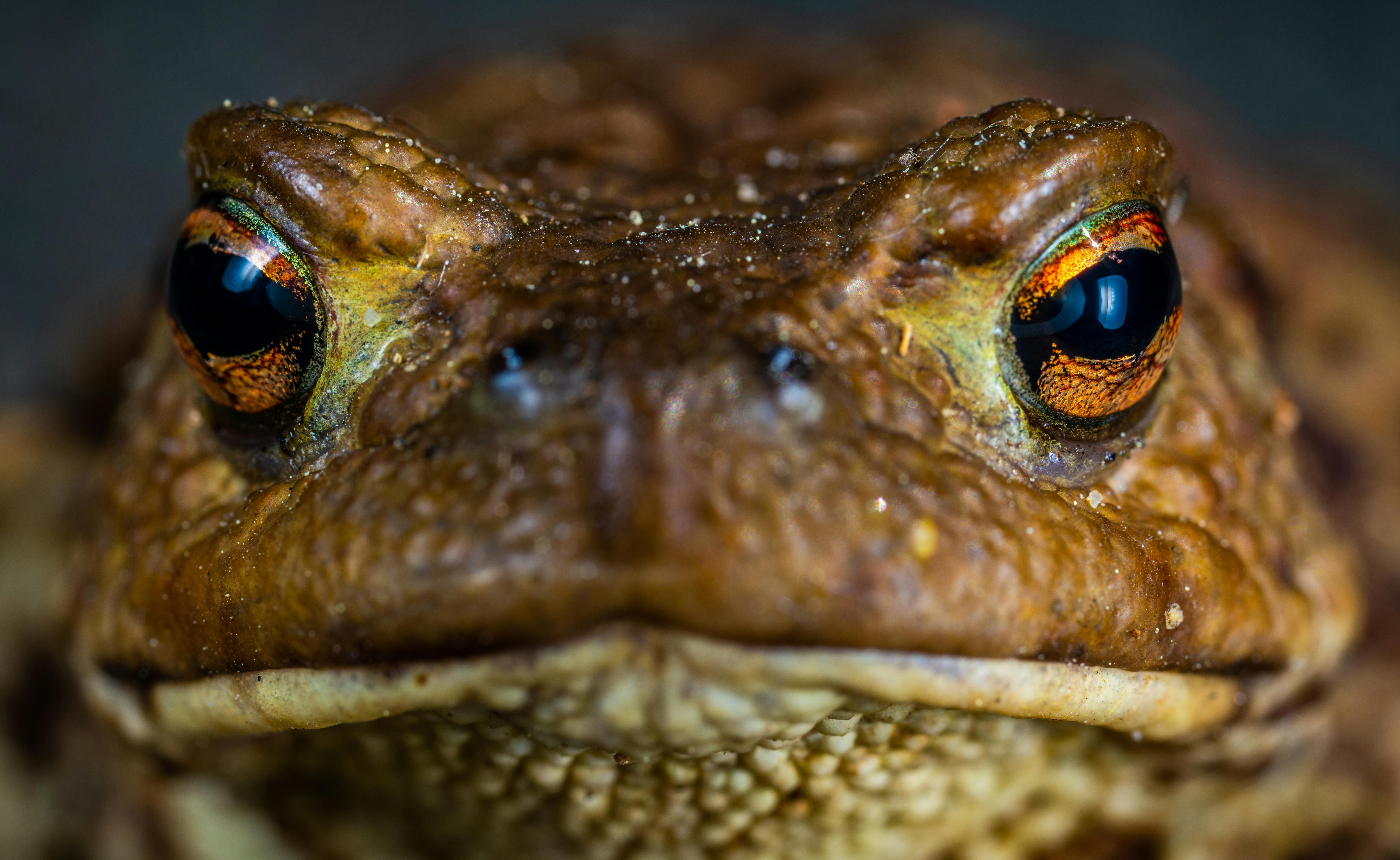


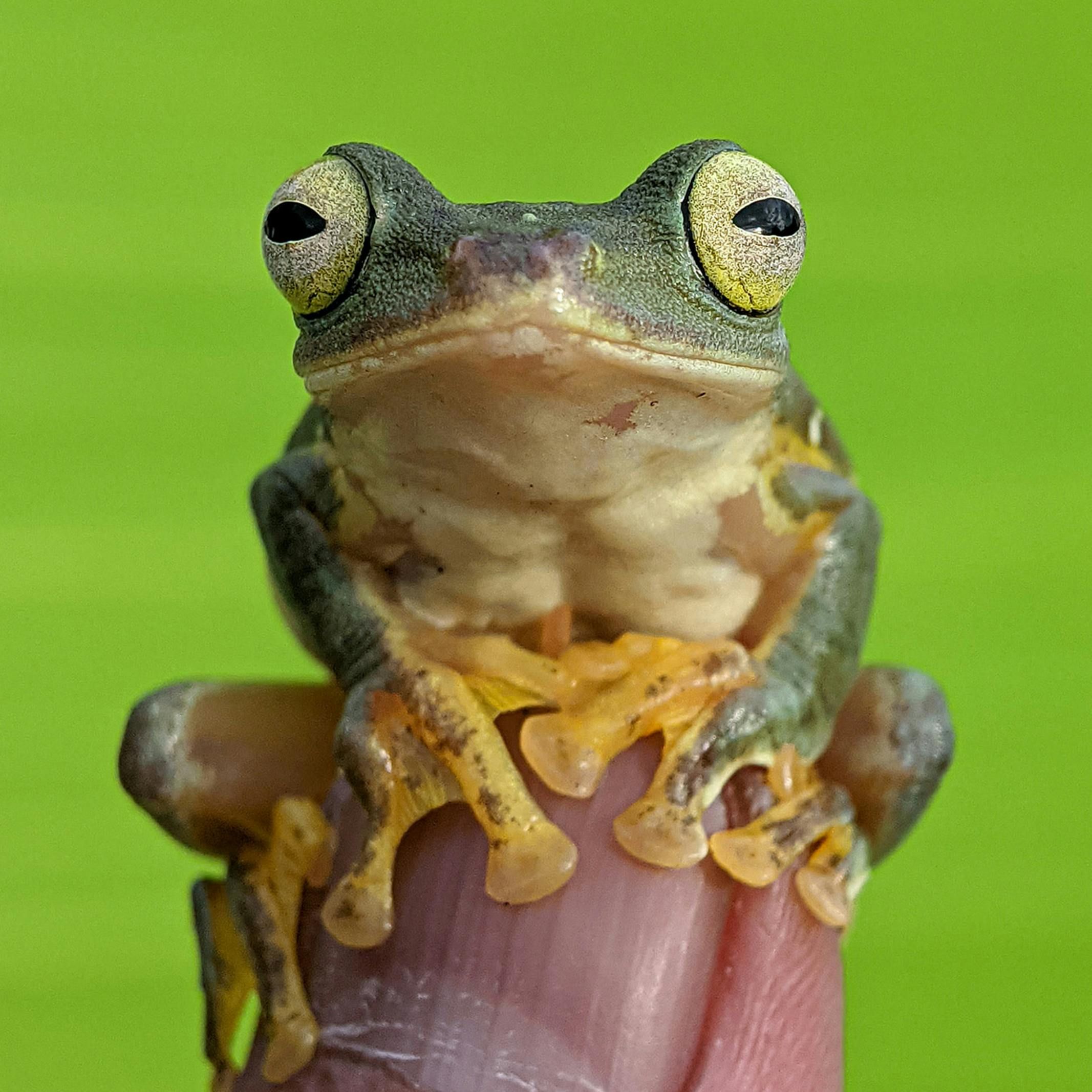
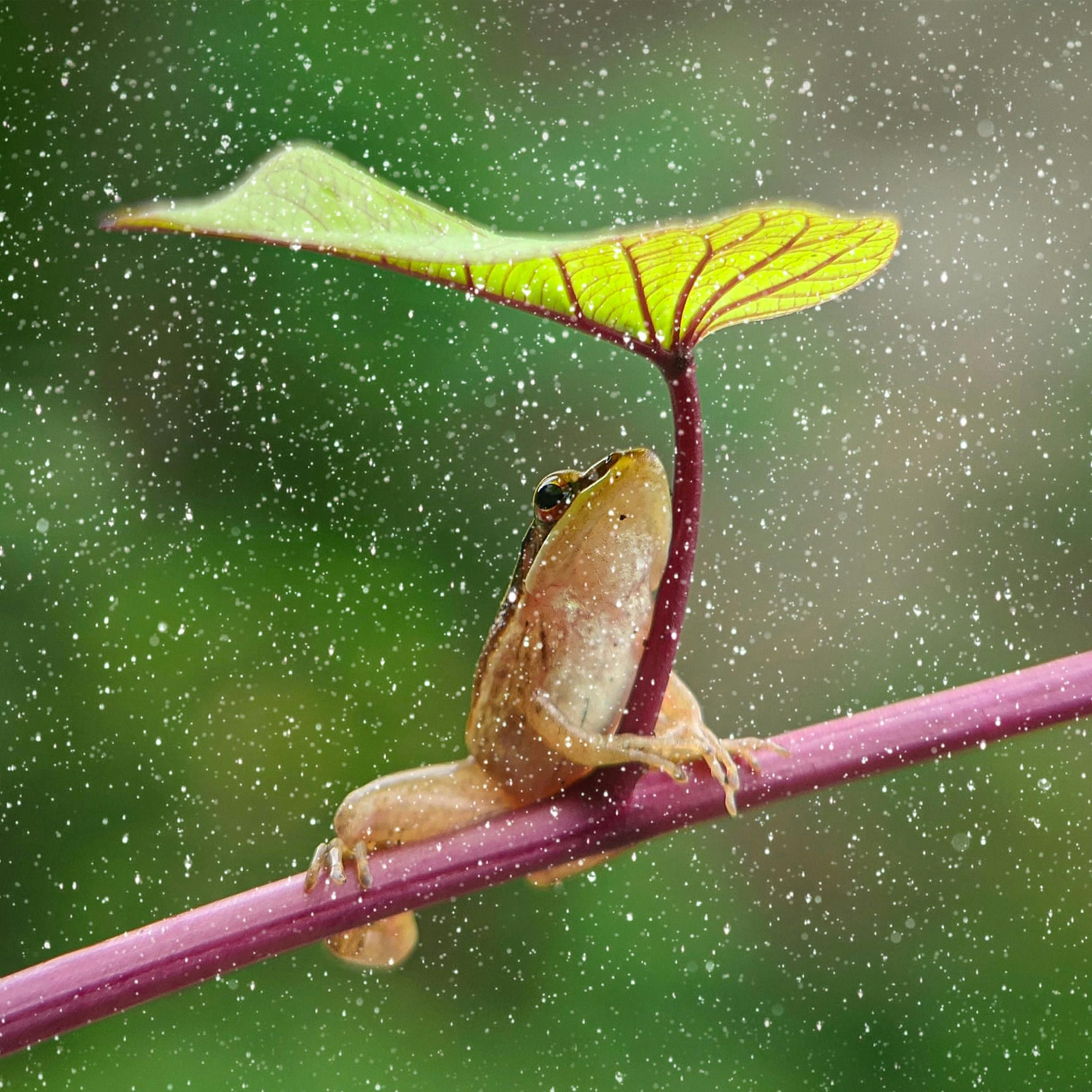
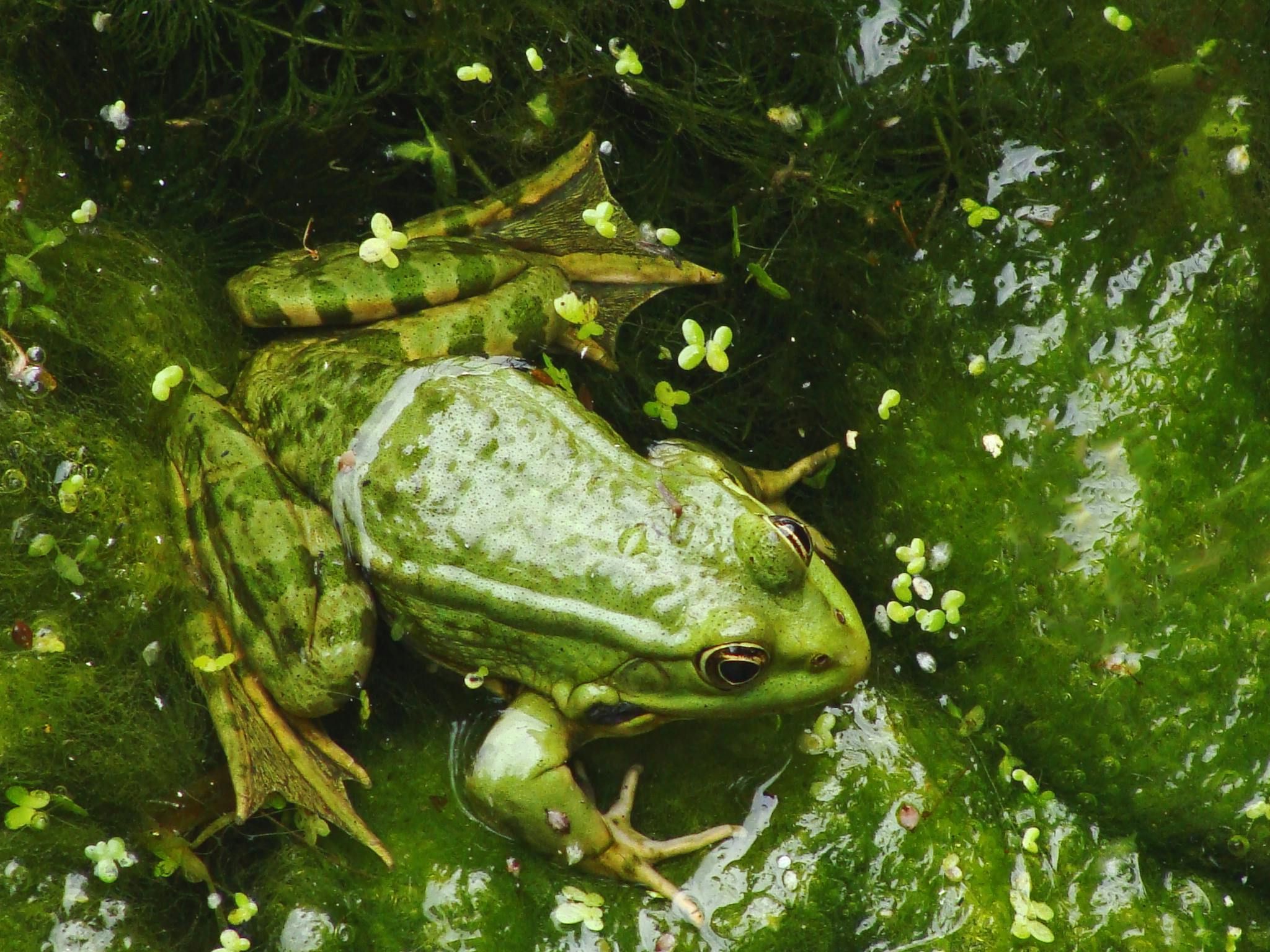

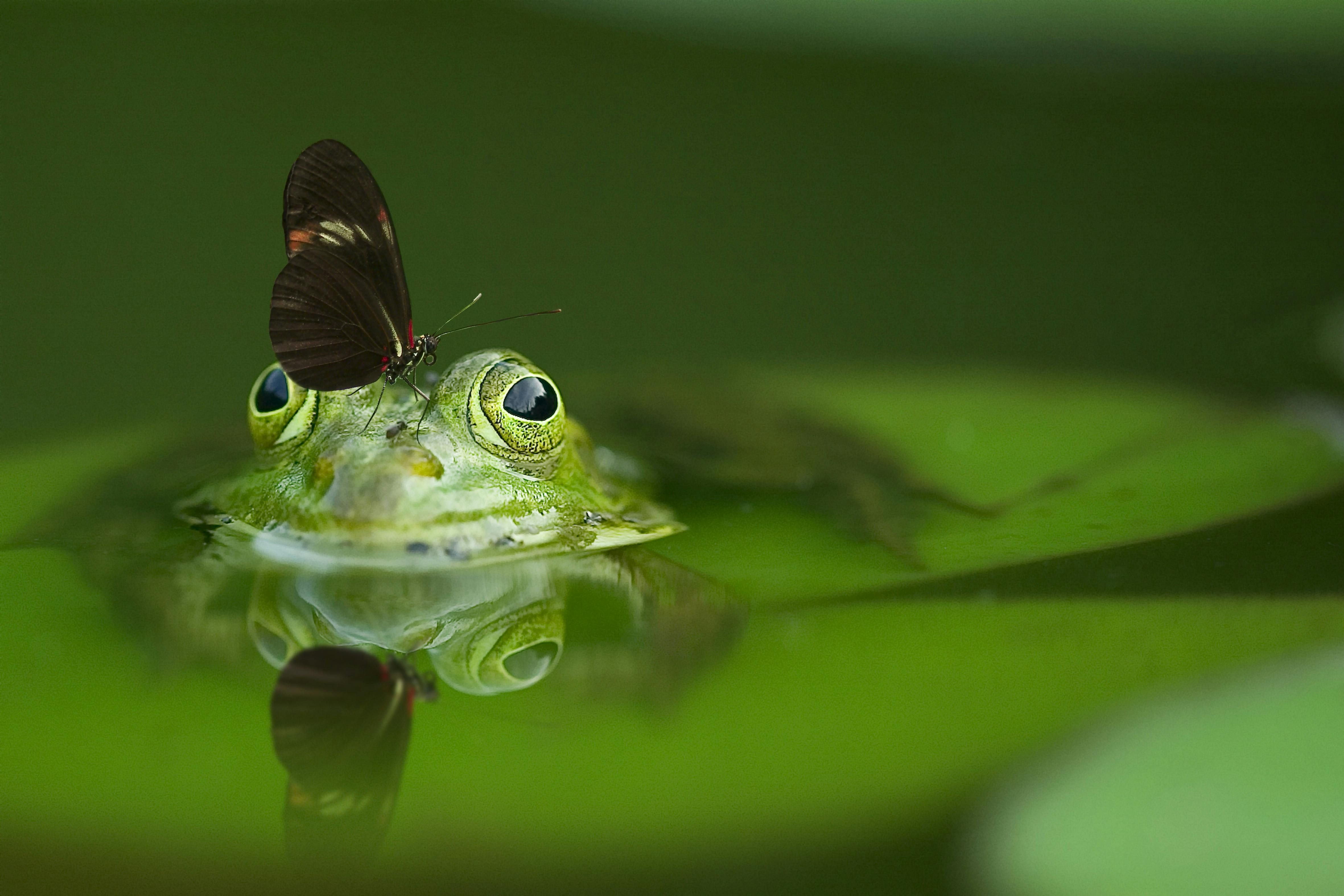
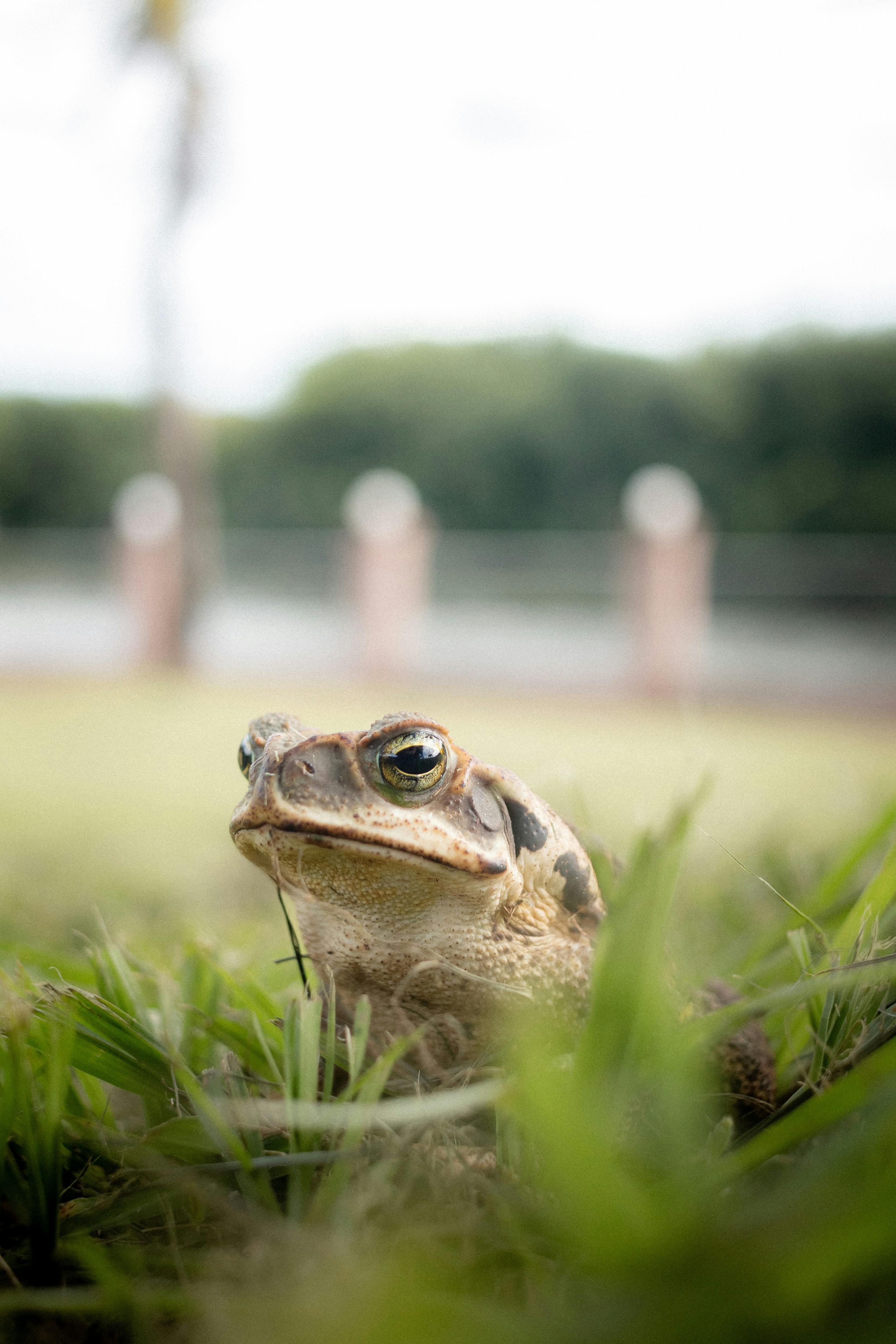
Though the first amphibian, Ichthyostega, looked more like a salamander, than a frog, today frogs are the most numerous amphibians. We all probably agree that Toads and Frogs are pretty similar (they are even from the same order Anura of the class Amphibia), but have you ever wondered what is the difference? Some of you may know the difference, or even feel it, but have thou CLASSIFIED IT?
How to Tell a Frog and a Toad Apart?!
Settling a debate Congress theoretically could rant about for 3 years (or more) Toads are FROGS! Haha! Got you! Didn't expect this turn of events, did you? Well, actually toads are a "are a sub-classification of frogs," so we still have to know how to tell them apart. As I already mentioned, both frogs and toads are a part of the order Anura (which translates to "without a tail"). This order, among others, has two families: Ranidae (referred to as "true frogs") and Bufonidae (referred to as — you guessed it — "true toads"). Excited to know the difference? Behold! I compared (actually, just Googled, but we will not mention it) these families for you:
- Long, strong hind legs that aid them in leaping
- Frogs will use their long, strong legs to leap into the water when approached
- Frogs have big, bulging eyes.
- Frogs have smooth or slimy skin that is moist.
- Not all frogs are poisonous.
- Frog eggs are usually one mass or cluster
- Shorter hind legs more suitable for walking than hopping.
- Toads are likely to sit still and wait it out (If toads do jump away, their jumps are shorter than frogs').
- Toads' eyes are more subtle in appearance.
- Toads have thicker, bumpy skin that is usually dry.
- All toads are poisonous.
- Toad eggs are usually arranged in a chain.
Now that you know the differences, let's test you in an exciting game I called: Frog or Toad?
Frog or Toad?
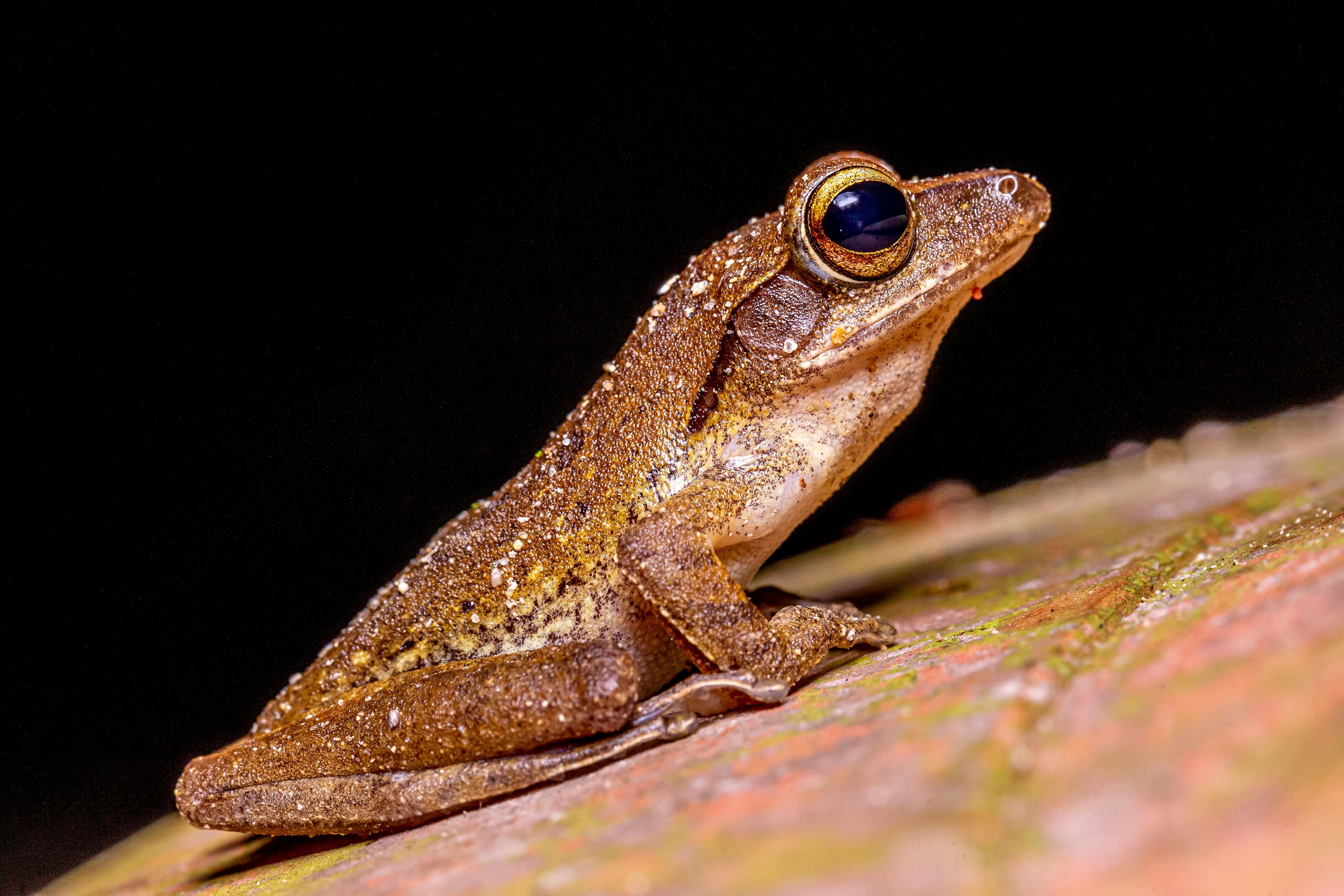
Origins
How dare you call yourself a frog fan without knowing how frogs appeared — I asked myself one day. And you should ask this question too. Curiosity is the key to success, survival and life, you know. Turns out there is an excellent presentation on Google's Arts&Culture Website by someone named Frogs&Friends called "The First Leap". You a 100% have to open it up. It is nice and short. But, in short, 290M years ago a frogmander (half-frog, half-salamander) Gerobatrachus appeared. Then, 250M years ago the first frog Triadobatrachus massinoti has appeared!
Habitat
In short, they live on every continent, except Antarctica. Which is good, unless you don't like Frogs. In which case you should go to Antarctica because WHAT IS WRONG WITH YOU?!
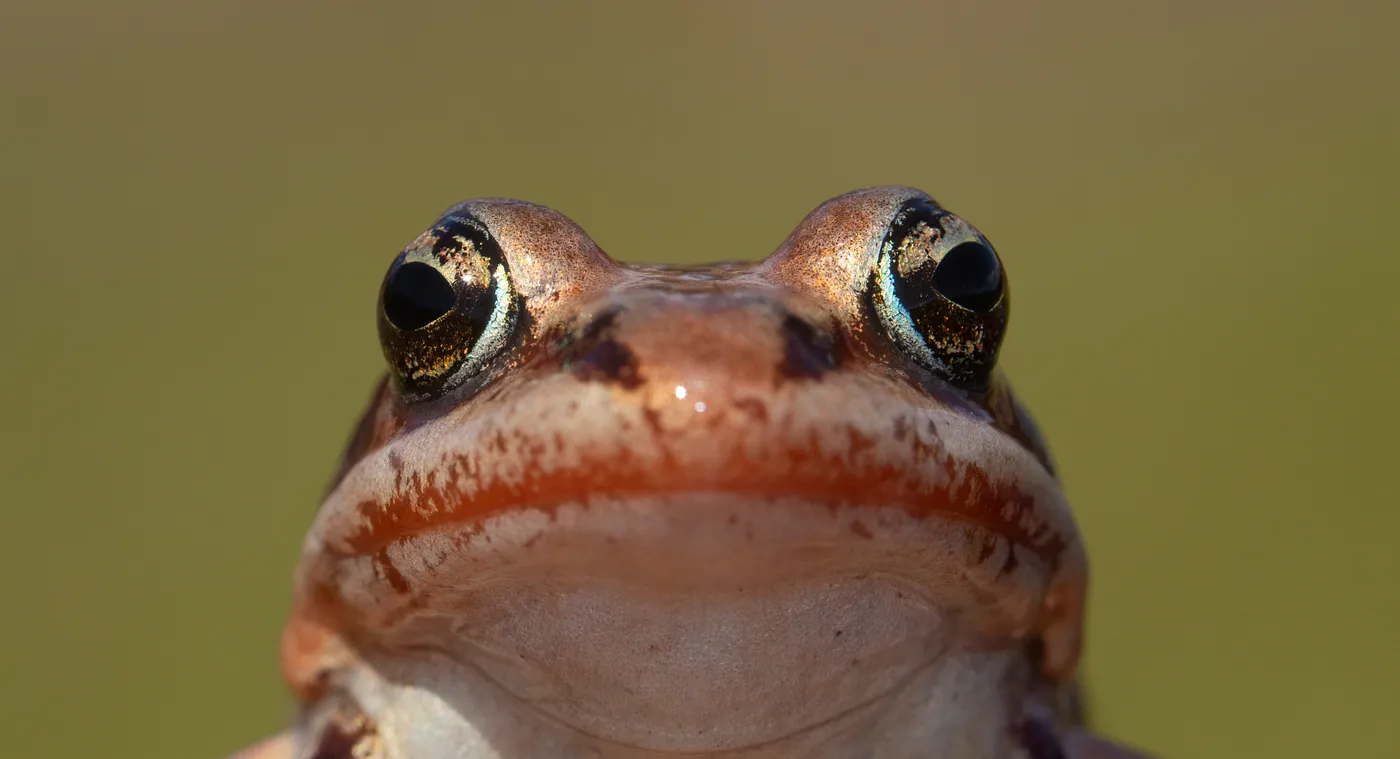
Wood Frog Appreciation Stand
Honestly, Wood Frogs have earned the spotlight. They are the only frogs that live North of the arctic circle. They're so tough they should be mentioned on the Joe Rogan's podcast along with polar bears. Here, just read more about them.
In long, here's the "Frogality Map" which I "borrowed" from this website.
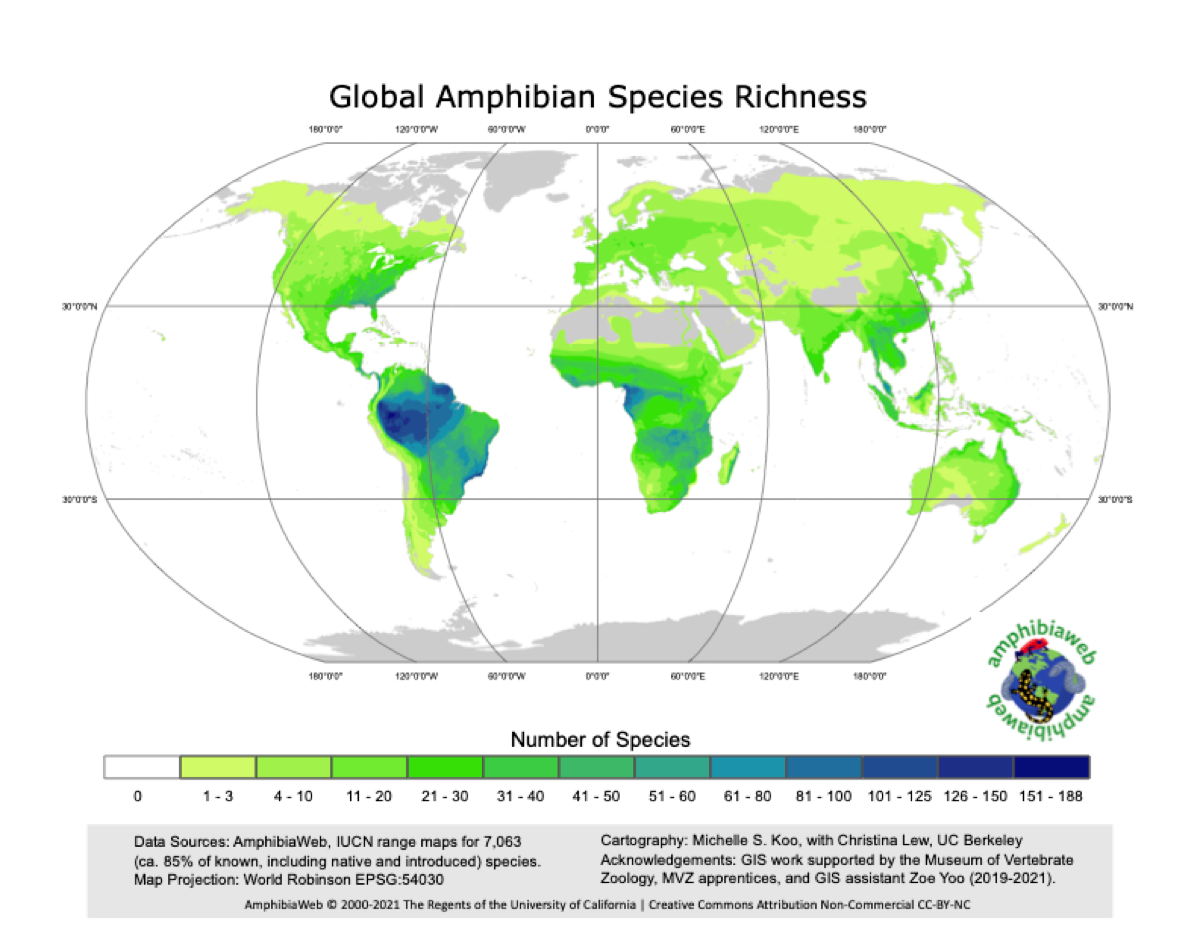
This map clearly shows that there are a lot of frogs. It also shows that you should move to South America because it has the largest number of our favorite frogs. But why are there so many frogs in this specific region? Perhaps, if we were to figure out the conditions that our frog friends liked, we could have set up an elaborate chain of lobbying and propaganda that would create global climate crisis and undermine its effects in order to make the world climate suitable for our frog friends to OCCUPY ThE ENTIRE WORLD!
In reality, frogs and toads are so diverse that some prefer cold and some prefer hot environments. It is just so happened that there are a lot of frog species in the tropics, due to favorable rich-in-nutrients conditions. Remember! By changing the environment you'll be destroying the habitat of the frogs living at the extremes, so just don't change the environment. Save the wood frog!
Besides the environment, frogs need a place to hide and a place to breed. For the former, they prefer a cool and moist place, sheltered from weather and predators. For the latter, most require a "permanent source of moisture" such as a pond, dam or river (though it differs from frog to frog).
Food
Frogs eat insects such as flies and moths, as well as snails, slugs and worms. They use long tongues and sticky saliva to catch prey that passes them by (Rachel Hoskins). Tadpoles eat algae in the ponds they grow in (Rachel Hoskins). As they grow, they feed on plants and small insects (Rachel Hoskins). If there isn't enough food available they might even eat their fellow tadpoles (Rachel Hoskins).
Salamanders
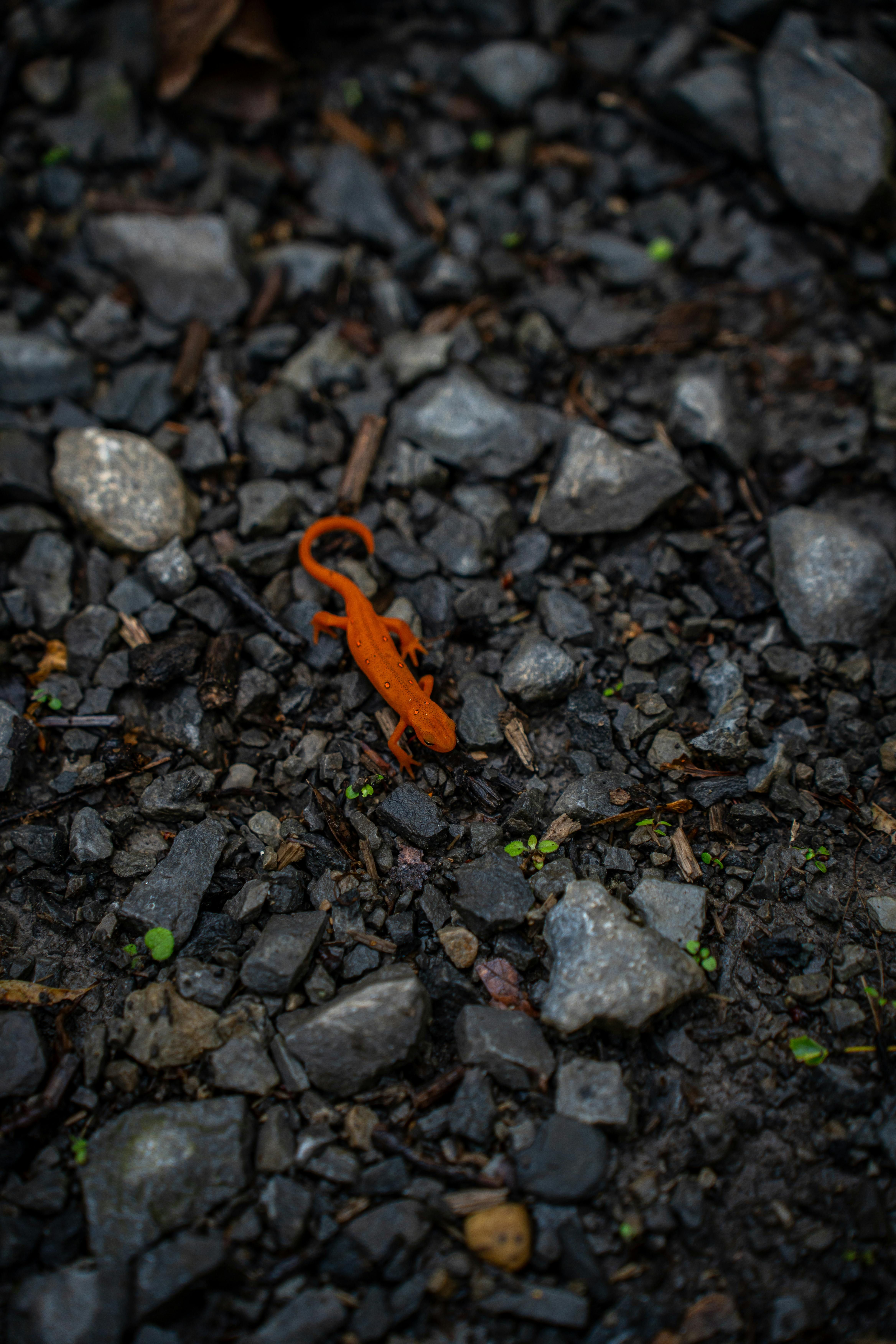

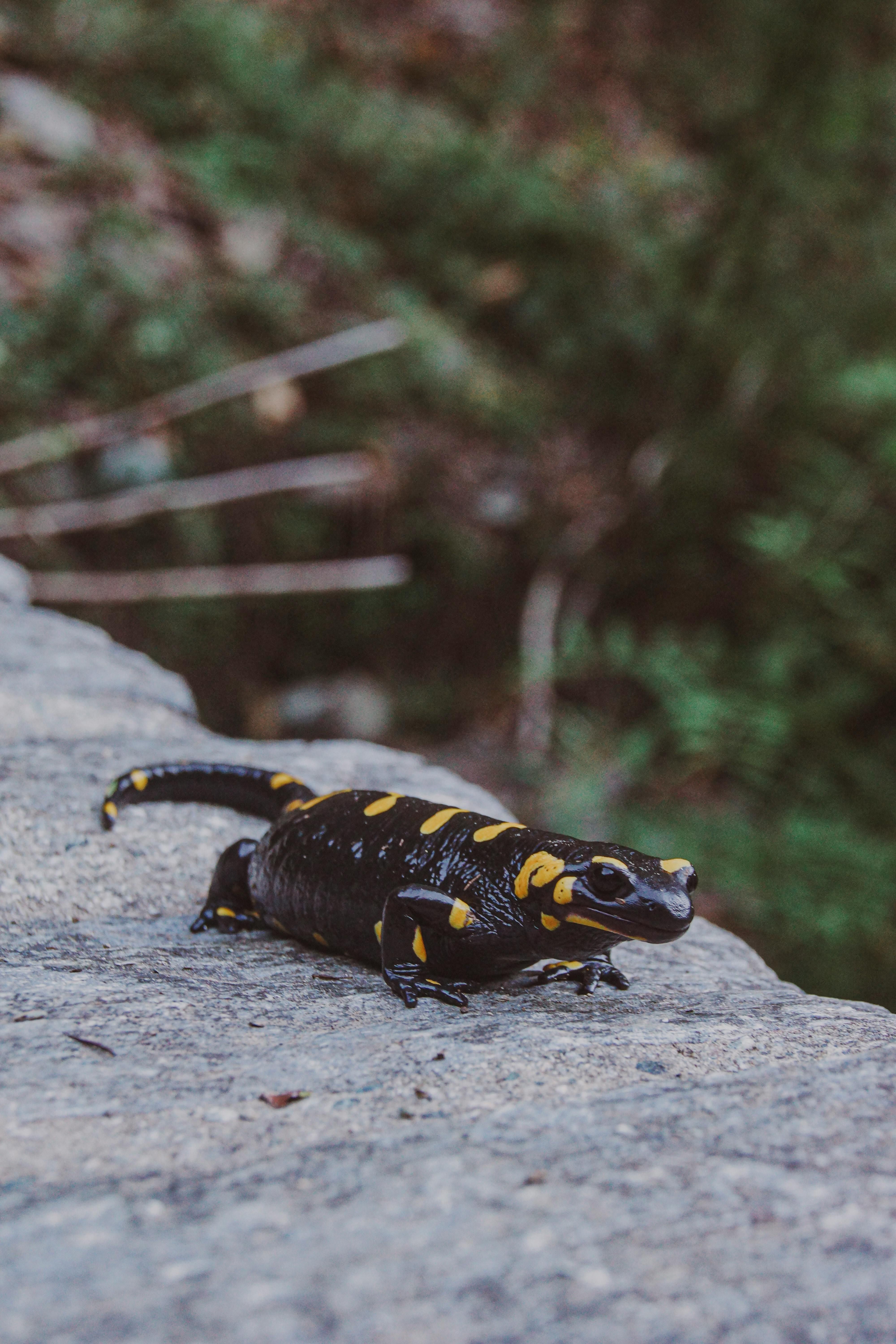

Don't Call It a Lizard!
Salamanders are, in fact, not lizards! They have similarities such as slender bodies, short legs and long tails, but THEY ARE NOT THE SAME! This is why, again, just like with frogs and toads, I compiled a table to contrast them in order for an uneducated public (including myself, until recently) to engrave the difference in their heads.
- Amphibians.
- Moist, porous skin that is permeable to water.
- Salamanders dwell in aquatic habitats or in moist terrestrial habitats, like woodlands.
- Some breathe through lungs, skin and mouth lining, while some don't have lungs and some even have gills.
- Lay non-shelled eggs (with one exception). Some lay eggs in water and others on land (then larval stage is skipped).
- All salamanders, are nocturnal.
- Salamanders are strictly carnivorous, feeding on a typical diet of earthworms, insects and other small invertebrates.
- Reptiles.
- Dry skin with scales.
- Lizards live in a wide variety of terrestrial habitats across the globe and are found on every continent except Antarctica.
- Lizards breathe with lungs
- Lizards typically lay shelled eggs on land, although some species are viviparous, meaning they give birth to fully developed young.
- Most species of lizard are diurnal (active during the day) — although there are some nocturnal lizards, like geckos.
- Some are carnivores and eat only other animals, some are herbivores and eat only plants, and some are omnivores and eat both.
Now, prove to me you're worthy of being a salamander expert in a game "Salamander or Lizard?"
Salamander or Lizard?
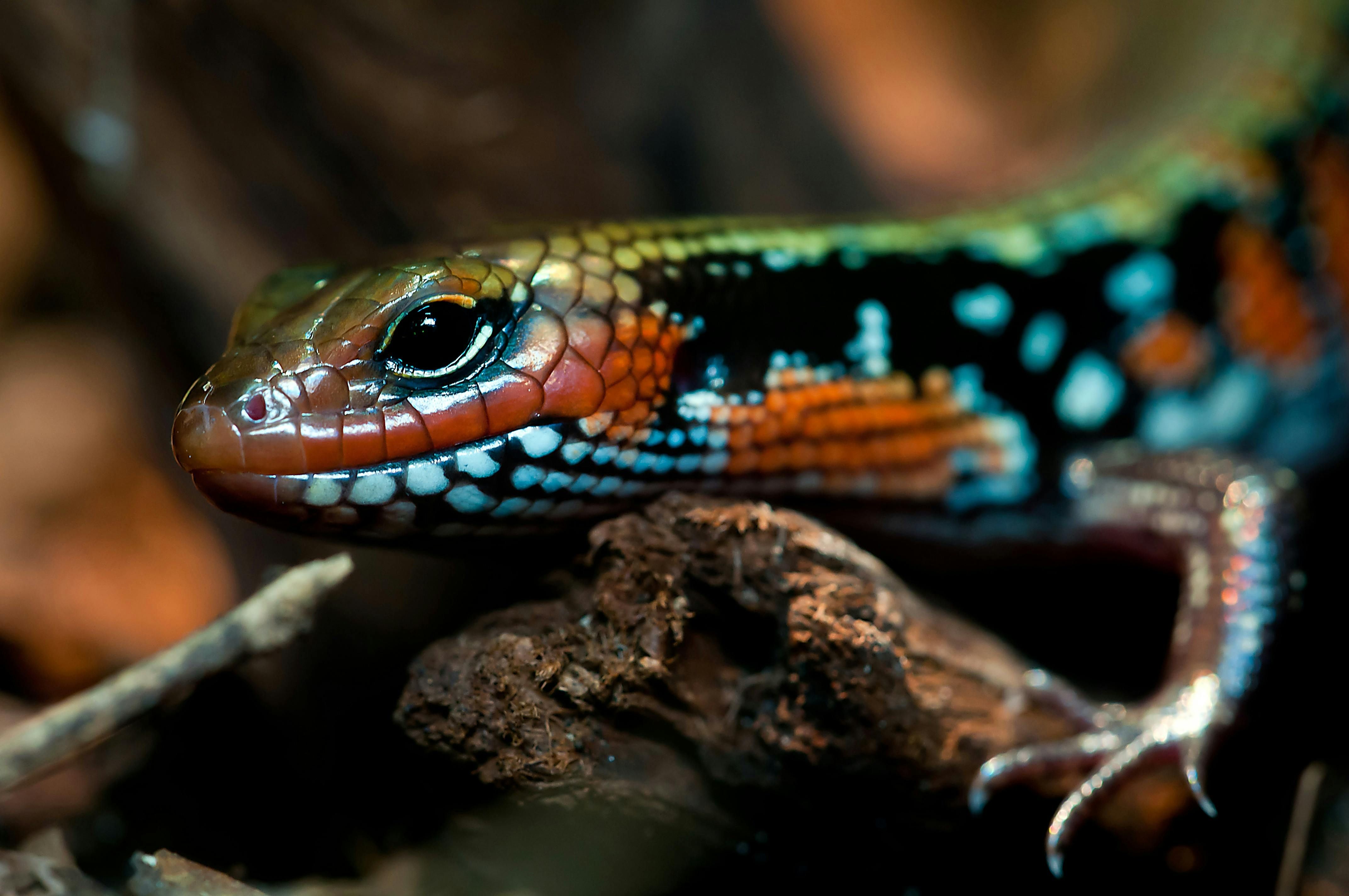
Habitat
What you should have picked up from our discussion so far is that amphibians looooove water. Salamanders, being Amphibians, duh, are not an exception. They live in moist or arid habitats in the northern hemisphere (mostly Americas), most salamanders are small, although there are two species that reach up to 5ft (1.5m) in length! Those lizard (but not lizard) like creatures live near water or shelter in the moist ground: brooks, creeks, ponds, and other moist locations such as under rocks. They lay (shell-less) eggs in water, so they need clean water! Hence, don't pollute water!!!
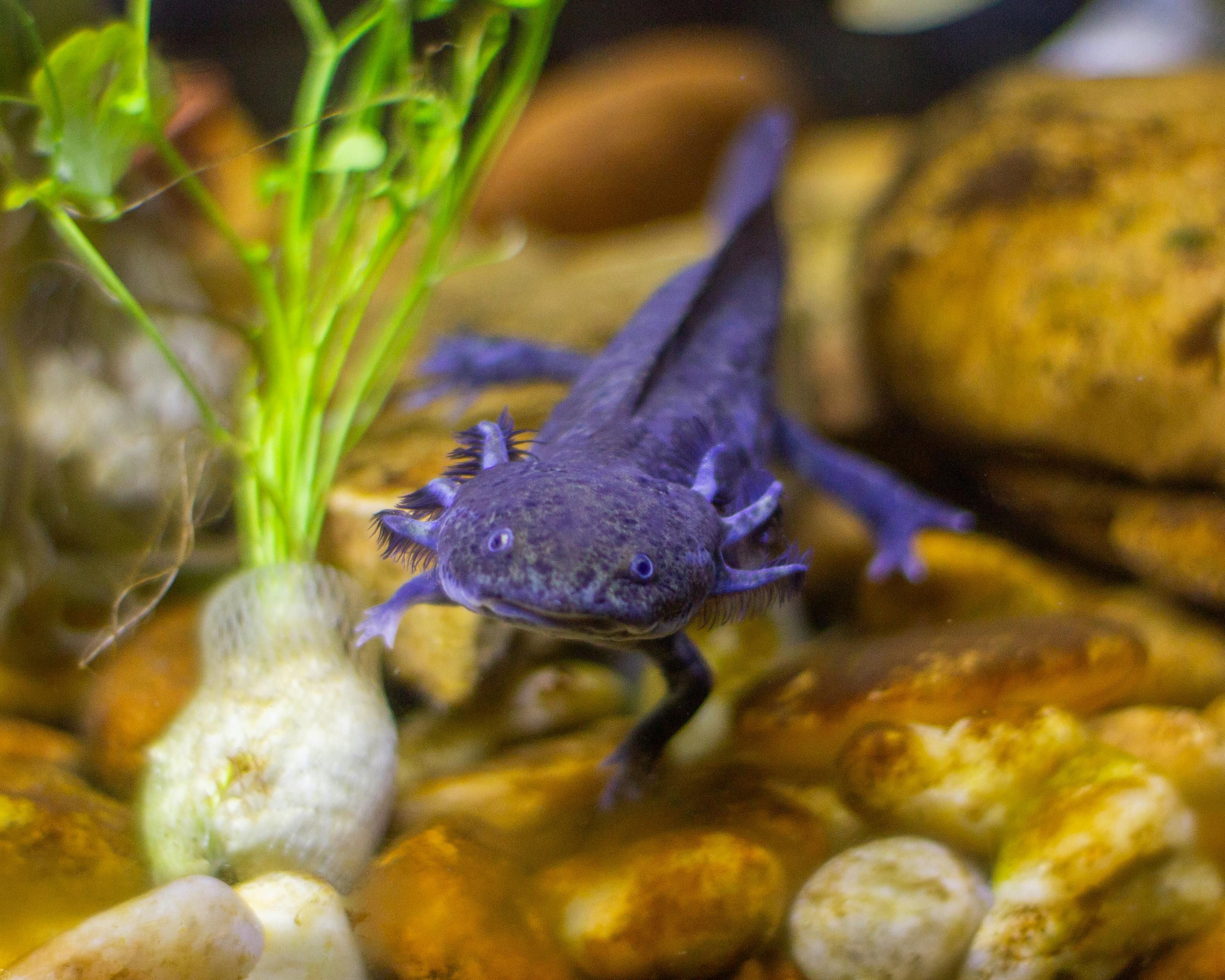
Axolotl Hall of Fame
People love axolotls. Yes, this is a statement and a true fact based on personal experience, mostly. They're famous as, unlike regular salamanders, they can reach adulthood without undergoing metamorphosis, hereby remaining aquatic and gilled. Oh, they also can regenerate, much like all salamanders. But it is not for the love that they have the spotlight, it is because we owe them a serious apology. And I literally cannot underscore the extent of this apology enough. Their original habitat is in the lakes near this something we now call Mexico City. When the settlers came to colonize, they drained the Axolotls' lakes, destroying much of their original habitat. But, as much as I desire to finish this, the awfulness does not end on that note. In 2020 axolotls had to bear near extinction because we, selfish humans, decided to pollute the homes of axolotls for the sake of our concrete homes. So... Give your Respect to an Axolotl when you see one!
Food
Much like frogs, you should say a big thanks to salamanders for eatings all these insects you hate, such as larvae of mosquitos, and flies. They also save us from worms, crickets, centipedes and spiders. Additionally, some salamanders eat other small invertebrates.
Regeneration
Salamanders are well-know for their regenerational powers! I wish I could grow, let's say, a leg... Imagine how much you could save on hospital bills if you had this kind of power? Forgot to bring a snack with you to a day-long hike? Lend yourself your helping hand!
Caecilians
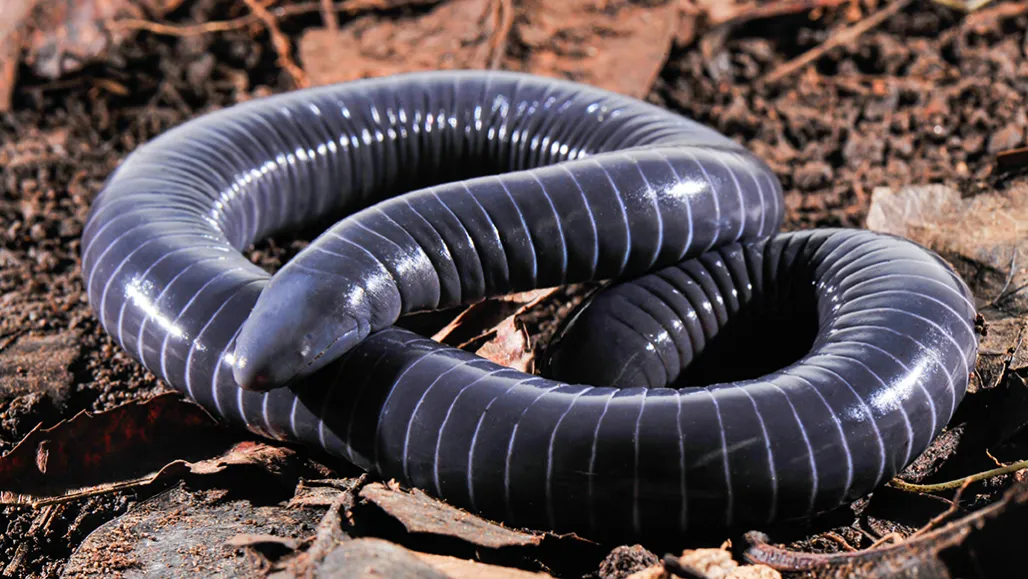
What... Even is this thing?!
This was the first question I asked when i saw THIS. It looks as if a worm and an electric eel had a baby! How can this be related to those cutesy frogs we have all seen above?! Well, turns out it can. Imagine a blind and long salamander without legs and with rings along their bodies (those that worms usually have). Imagined? Yeah... You get caecilians.
Origins
The natural question you may ask is where did evolution mess up so much in order to create this. Why would we even have that? Well, it certainly has advantages. Just like worms they dig tunnels, which is why they neither need sight, nor hearing. The earliest fossil attributed to a stem-caecilian (an amphibian closer to caecilians than to frogs or salamanders but not a member of the extant caecilian lineage) comes from the Jurassic period. Back then those things still had limbs (though small) and well-developed eyes. So, you could say, from human perspective caecilians have devolved.
Habitat
Turns out, they live in a lot of places: ranging from Central Africa, Southeast Asia, and southern Mexico to Argentina, these creatures prefer loose soil and leaf litter in tropical forests or near rivers and streams.
Food
Unlike worms, this thing has a sharp tooth. Sharp indeed. It has two rows on the upper jaw and one or two on the lower. The teeth allow them to grab worms, termites, beetle pupae, mollusks, small snakes, frogs, lizards, and even other caecilians! All food is swallowed whole. Furthermore, caecilians have toxic glands in their skin that sometimes protect them from being eaten by other wildlife.